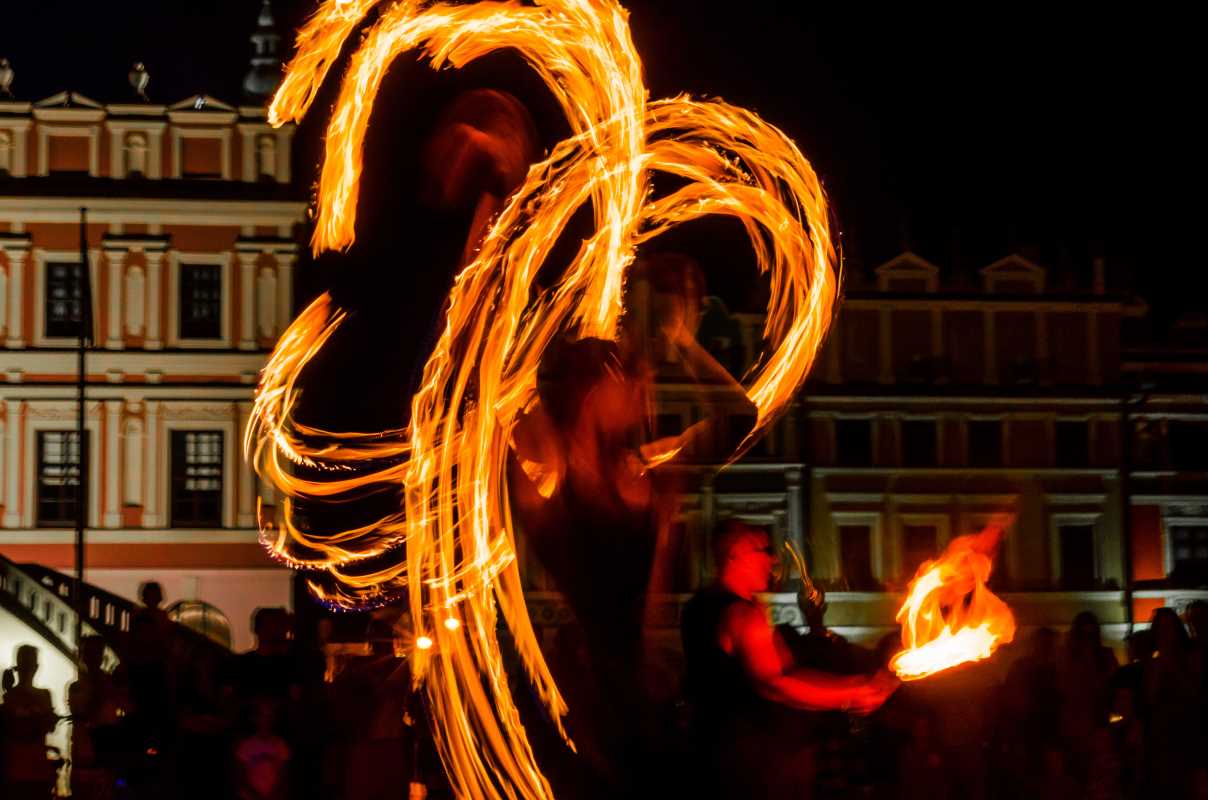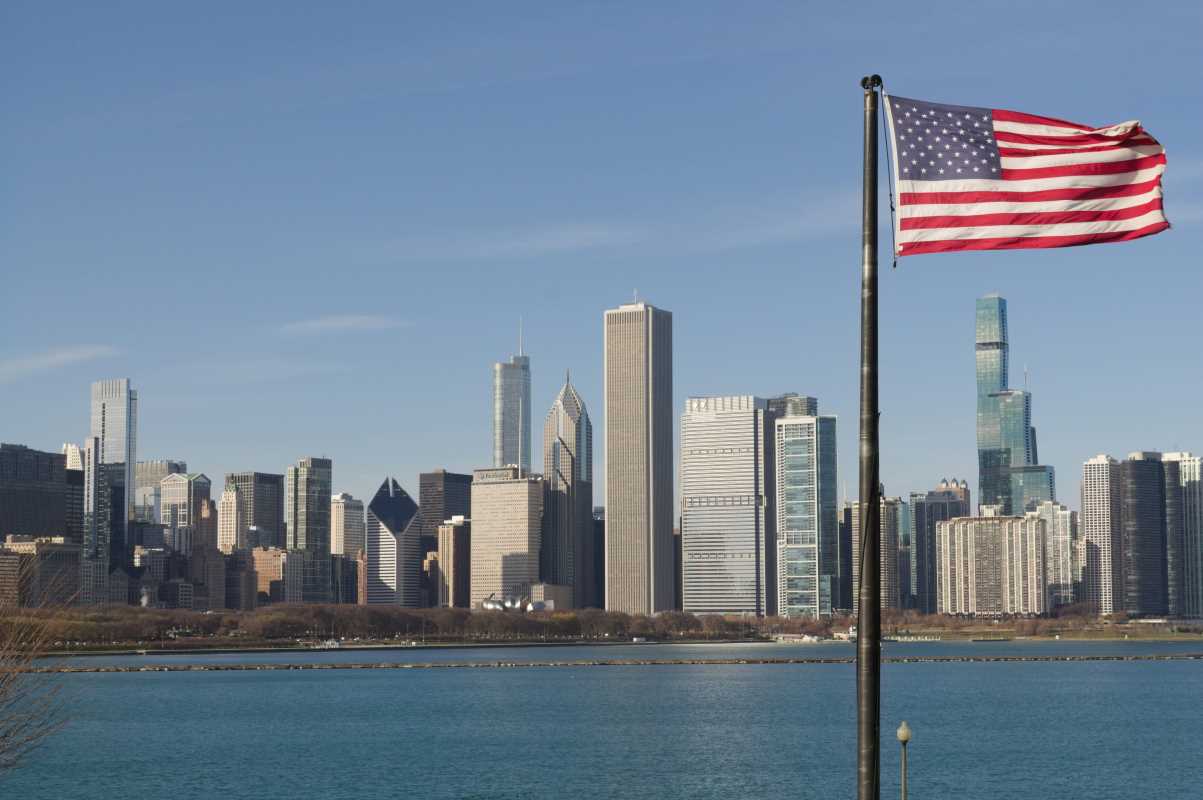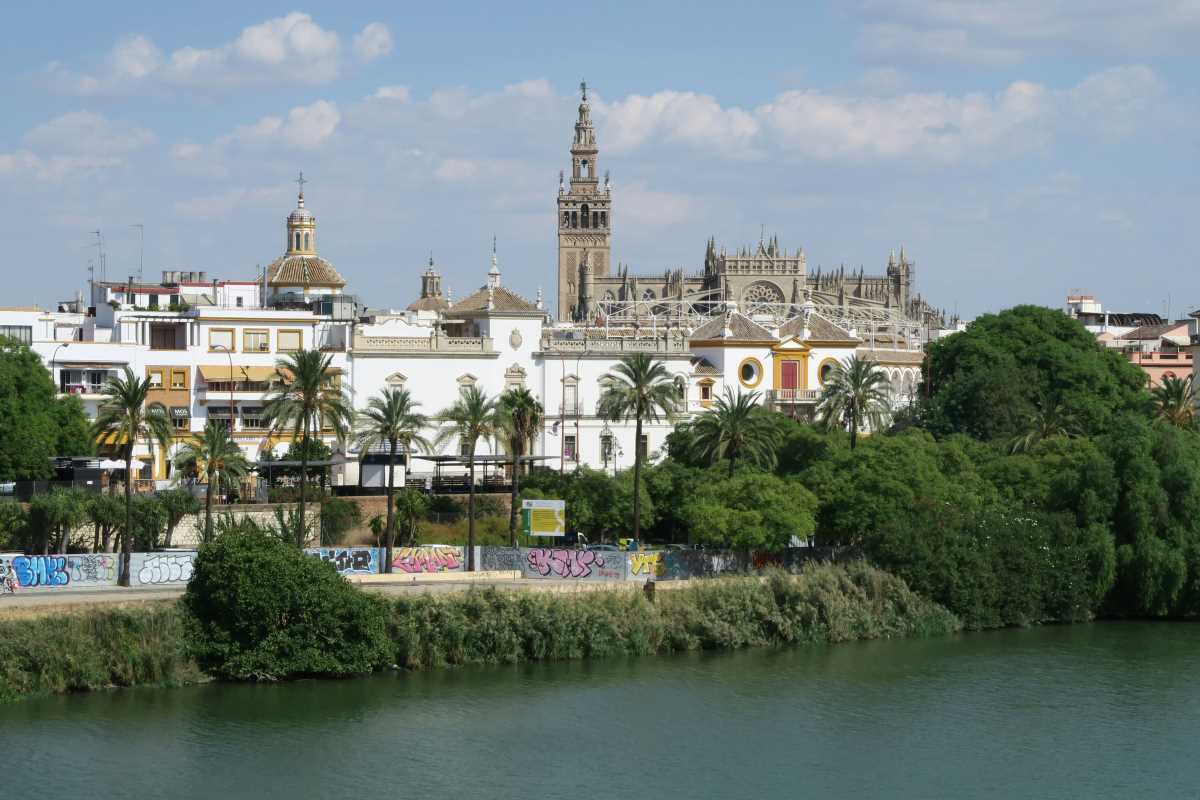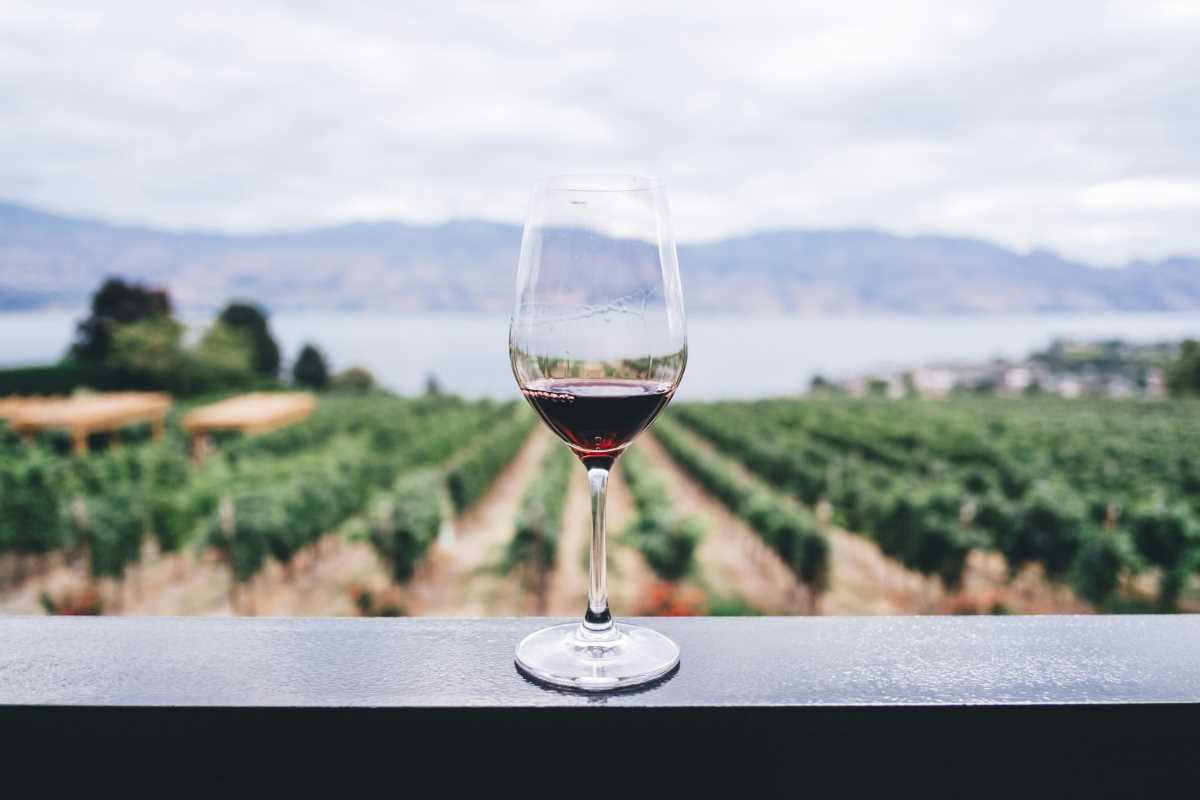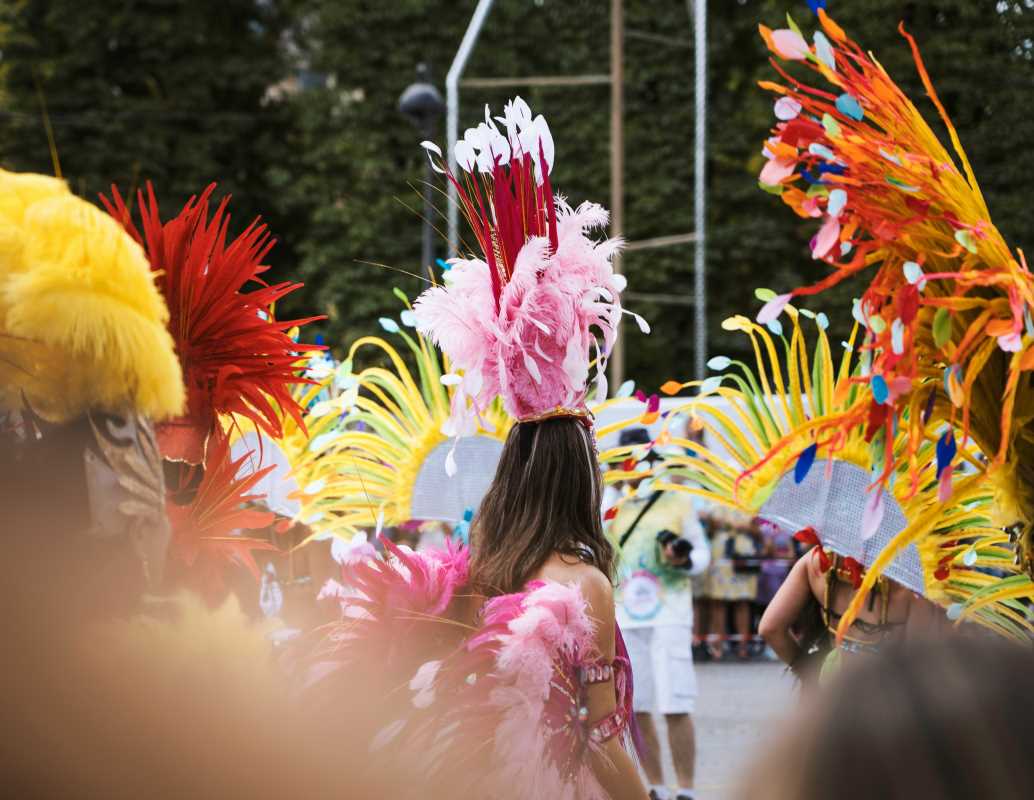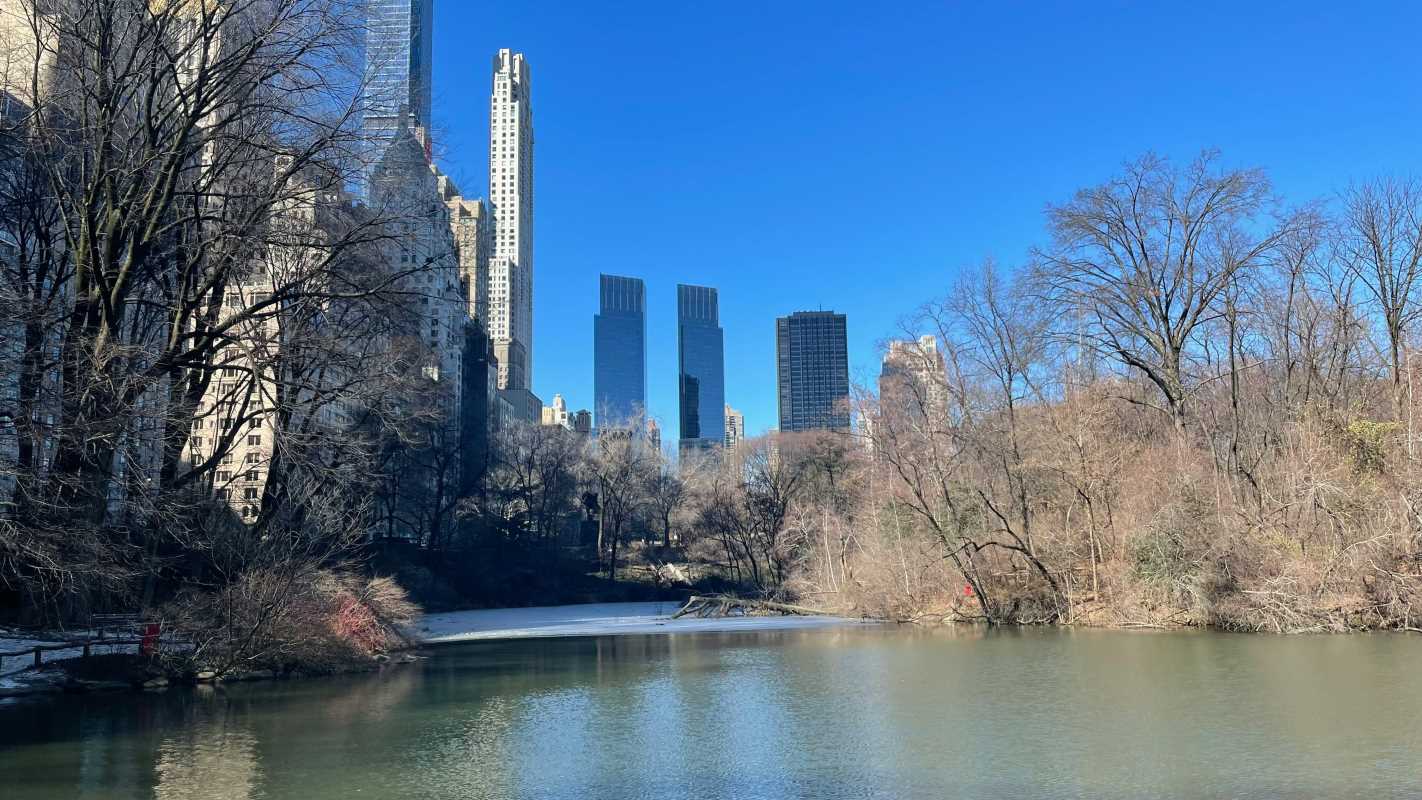If you’ve never watched a live fire dancing performance, prepare to be mesmerized. Combining skill, danger, and artistry, fire dancing is a dazzling spectacle that ignites the imagination.
Across the globe, cultures have embraced this fiery art form, weaving it into their traditions and creating unforgettable experiences for audiences. From Polynesian islands to Southeast Asian beaches, fire dancing offers a front-row seat to cultural pride, adrenaline, and raw talent. Here’s where you need to go to feel the heat.
Witnessing the Grace of Fire Dancing in Hawaii
Hawaii is the birthplace of hula and a cultural melting pot, but it also has a long-standing connection to fire dancing. While traditional Hawaiian hula does not include fire, fire knife dancing, or siva afi, has deep roots in neighboring Samoa and is now a staple of Hawaiian island performances. This breathtaking spectacle is often seen in luaus, where performers twirl blazing knives with stunning precision, all while moving to the rhythmic beat of Polynesian drums.
Fire knife dancing in Hawaii is more than a showpiece; it’s a celebration of heritage and skill. Brought to the islands in the early 20th century, it’s since become synonymous with Hawaiian luaus. Traditionally performed by men, today’s fire knife dancing features both male and female dancers mastering the ancient art. Whether you’re enjoying the show on Waikiki Beach or at a resort in Maui, you’ll be captivated by the energy and storytelling woven into every movement.
The experience of watching fire dancing in Hawaii is electrifying. You’ll likely be seated outdoors under the stars, the ocean breeze mingling with the heat of the flames. Dancers spin, throw, and even balance the burning knives as if defying gravity, often set to live music and chants. Between the fiery performances, guests can enjoy a smorgasbord of Hawaiian delicacies, making the evening a feast for the senses and the soul.
Marveling at Thai Fire Performances on the Beaches of Koh Samui
Thailand, with its vibrant nightlife and stunning beach destinations, takes fire dancing to an entirely new level. Popularized by its idyllic islands like Koh Samui, fire dancing is a modern but deeply ingrained part of its beach culture. Rooted in poi spinning from the Maori people of New Zealand, the Thai adaptation of fire dancing emerges as a hypnotic display of spinning flames and acrobatic stunts often paired with upbeat music that gets the crowd moving.
The shows are typically set against the backdrop of the Gulf of Thailand, where glowing sunsets transition seamlessly into the fiery glow of the night. Koh Samui's world-famous Full Moon Party is a particular highlight for fire dancing enthusiasts. Here, the energetic beats of house music mix with the spectacle of flaming hoops, fire jugglers, and even performers jumping over ropes of fire while the crowd cheers them on.
Watching fire dancing on Koh Samui's beaches is nothing short of intoxicating. The warm sand beneath your feet and the gentle sound of waves amplify the fiery visual display in front of you. Bars and restaurants offering prime beachside views add to the experience, serving up tropical cocktails to accompany the fiery performances. Whether you’re relaxing on a cozy deck chair or dancing barefoot in the sand, these shows create memories that linger long after the flames fade.
Experiencing the Cultural Vibrance of Samoa’s Siva Afi
For a truly authentic fire dancing experience, look no further than Samoa. The siva afi, or fire knife dance, is a proud cultural tradition with origins tied to the warriors of ancient times. It involves dancers wielding a wooden or metal pole tipped with fire on both ends, showcasing their agility, bravery, and artistry. Samoa takes pride in being the birthplace of fire knife dancing, and every performance reflects the deep connection between the art and Samoan identity.
The annual World Fireknife Championships, held in Samoa, highlights the island’s dedication to preserving this unique art form. Here, performers of all ages come together to compete in breathtaking displays of skill and technique. The rich history, combined with the competitive spirit, makes fire dancing in Samoa both exhilarating and profoundly meaningful.
Live performances in Samoa are full of passion and pride. Often held in traditional fale structures or open-air settings, they blend fluid storytelling with a touch of danger as dancers spin blazing torches faster than the eye can follow. You’ll experience an overwhelming sense of awe as the performers light up the night sky with their daring displays. Add to this the soulful Samoan chants and colorful traditional attire, and you’ve got an act that is both visually stunning and spiritually moving.
Tips for Enjoying Fire Dancing Shows
- Arrive early: Secure a good viewing spot, especially at popular beach venues or festivals.
- Dress comfortably: Many shows are outdoors, so opt for loose clothing and comfy shoes.
- Be safety-conscious: Keep a respectful distance from the performers and heat sources.
- Capture the moment: Fire dancing makes for incredible photos, so bring a camera with fast shutter speed if you can.
- Immerse yourself: Fire dancing is often paired with local cuisine or cultural activities, so take the chance to enjoy the entire experience.
Walking the Fiery Path on Bali’s Sands
Bali, Indonesia’s island of the gods, is known for its spirituality, beaches, and alluring fire dancing performances. Traditional Balinese fire dances, like the kecak dance, incorporate storytelling and rituals connected to Hindu epics, most notably the Ramayana. Though slightly different from Polynesian fire dancing, fire is a central element of these performances, creating a mystical atmosphere.
Set amid ancient temples, sea cliffs, or open-air amphitheaters, fire dancing in Bali is intertwined with a sense of spirituality. The kecak performers use rhythmic chanting and dramatic fire displays to narrate tales of gods, heroes, and battles. Uluwatu Temple, perched on a cliff overlooking the Indian Ocean, serves as one of the most iconic backdrops for this magical experience.
Watching a Balinese fire dance is nothing like your average beach party. The sacred setting and the silhouettes of dancers shifting in the firelight create an ambiance that feels enchanted. You’ll be drawn into the story as performers jump over the flames or wield blazing props with practiced grace. With dramatic views of the sun setting over the ocean as your backdrop, the experience becomes a moment to cherish forever.
Joining the Party on New Zealand’s Festival Circuit
New Zealand, the birthplace of poi, brings fire dancing back to its roots. While traditional poi is performed using woven balls on strings, its fiery modern version has become a staple of New Zealand's vibrant festival culture. Events like the Luminate Festival and the Festival of Lights showcase performers who combine intricate poi spinning with fire, blending traditional Maori techniques with contemporary artistry.
New Zealanders take fire dancing to a new level with the incorporation of modern music and high-energy routines that captivate audiences of all ages. The performances often include group choreography, mesmerizing LED light shows, and, of course, fire props that steal the spotlight under the night sky.
Experiencing fire poi in New Zealand’s festival settings is equal parts exhilarating and laid-back. Whether you’re lounging on green hillsides or swaying to live music, the performances are designed to be inclusive and engaging. It’s not just a show; it’s a celebration of movement, light, and cultural fusion, with the occasional chance to try your hand (safely) at spinning poi.
A World Under Firelight
Fire dancing is more than just a performance; it’s an art form that sparks awe, excitement, and cultural connection. Whether you’re soaking in Polynesian traditions in Hawaii or marveling at the enchanting dances over Bali’s volcanic sands, the beauty of fire dancing lies in its ability to unite ancient heritage and modern spectacle.
Plan your visit, get your camera ready, and prepare to be captivated by the brightest flames of artistry the world has to offer.
